jade plant branches shrinking
L Evve (Miami)
last year
Related Stories
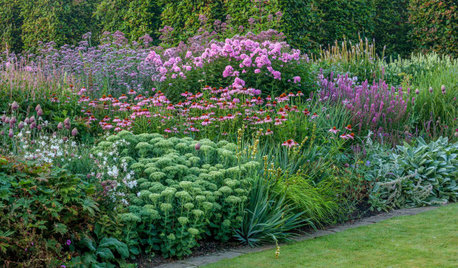
GARDENING GUIDESHow to Get More Plants Free
These techniques will let you grow your garden by creating new plants from those you already have
Full Story
GARDENING GUIDESWhen and How to Plant a Tree, and Why You Should
Trees add beauty while benefiting the environment. Learn the right way to plant one
Full Story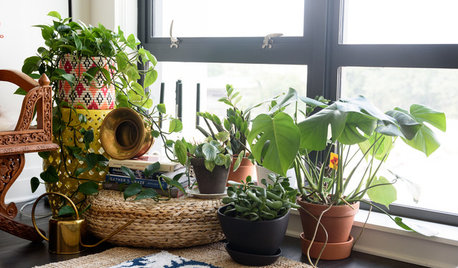
APARTMENTSMy Houzz: D.C. Baker’s Apartment Is a Plant-Filled Oasis
Lush houseplants and pattern-happy wallpaper add life to a 565-square-foot downtown Washington home
Full Story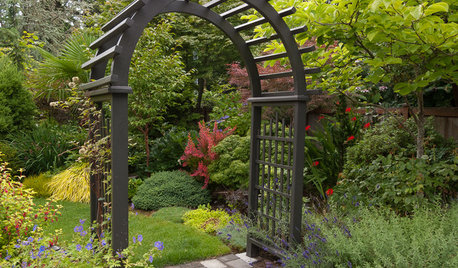
PLANTING IDEASGreat Garden Combo: 9 Plants for an Intriguing Entrance
Layer trees, flowers and shrubs around an archway to create the feeling of a year-round doorway to adventure
Full Story
FALL GARDENINGWhy Fall Is the Best Time for Planting
Spring is overrated for planting. Starting plants in autumn has advantages for both garden and gardener
Full Story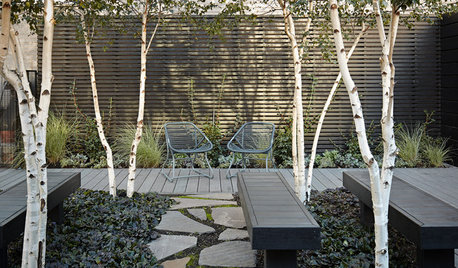
GARDENING GUIDESBest Barks and Berries for Winter Interest
Brighten winter gardens with trees and shrubs chosen for colorful berries and beautiful branches
Full Story
SUMMER FRUITS AND VEGETABLESHow to Grow Your Own Fresh, Sweet Corn
Here's how to plant and care for your own mini cornfield
Full Story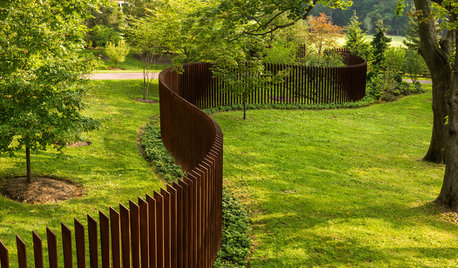
FENCES AND GATES12 Delightfully Different Garden Walls and Fences
If pickets seem picked over and you shrink from chain link, try these full-of-personality fencing alternatives
Full Story
GARDENING GUIDESCommon Myths That May Be Hurting Your Garden
Discover the truth about fertilizer, soil, staking and more to keep your plants healthy and happy
Full Story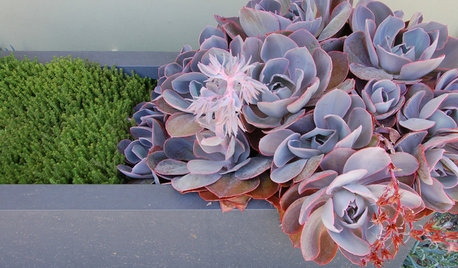
SUCCULENTSGrow a Garden of Succulents for Easy Beauty
Low-water plants in a wide range of colors, shapes and sizes? Sign us up — and check out our faves here
Full Story





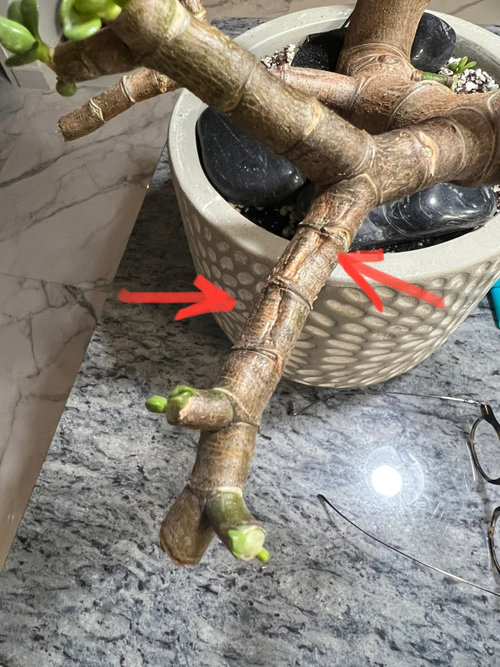
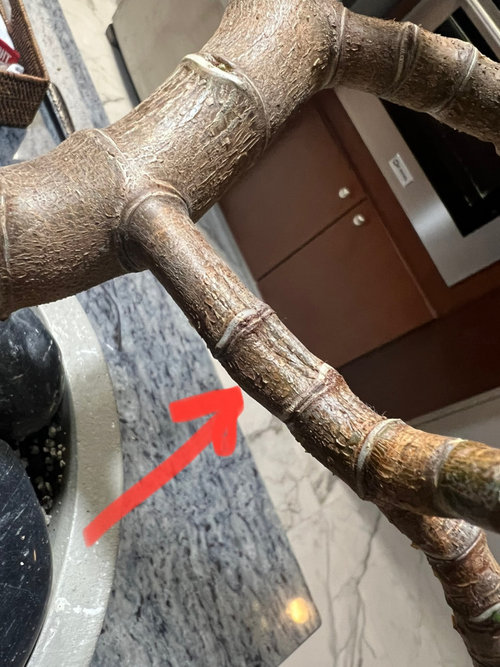
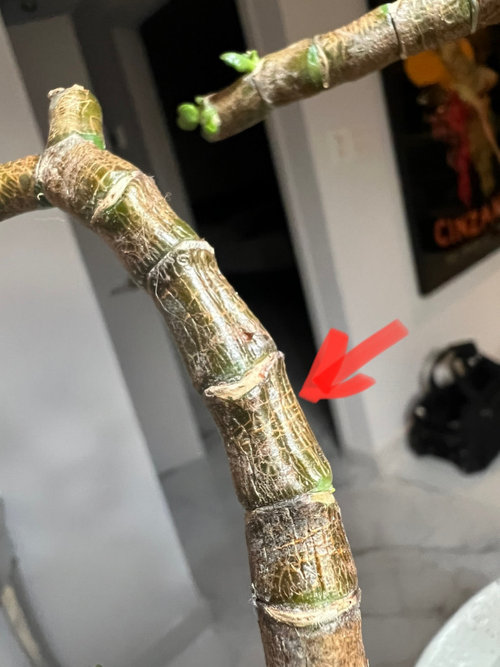
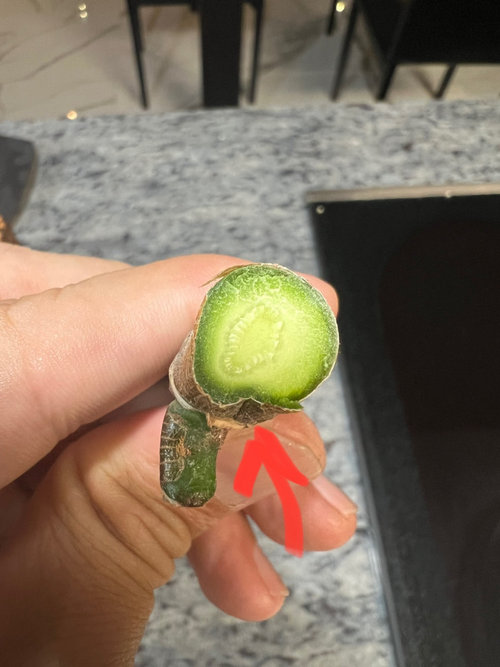
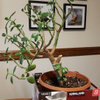
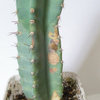
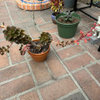
L Evve (Miami)Original Author
rina_Ontario,Canada 5a
Related Professionals
Hershey Landscape Architects & Landscape Designers · Gainesville Landscape Contractors · Waterbury Landscape Contractors · Blue Springs Landscape Contractors · Fairhope Landscape Contractors · Vacaville Landscape Contractors · Queens Interior Designers & Decorators · Van Wert Interior Designers & Decorators · Wheaton General Contractors · Leominster Carpenters · Mountain Home Carpenters · Plainfield Carpenters · Ankeny Decks, Patios & Outdoor Enclosures · Asheville Decks, Patios & Outdoor Enclosures · Villa Park Decks, Patios & Outdoor EnclosuresL Evve (Miami)Original Author
L Evve (Miami)Original Author
tapla (mid-Michigan, USDA z5b-6a)